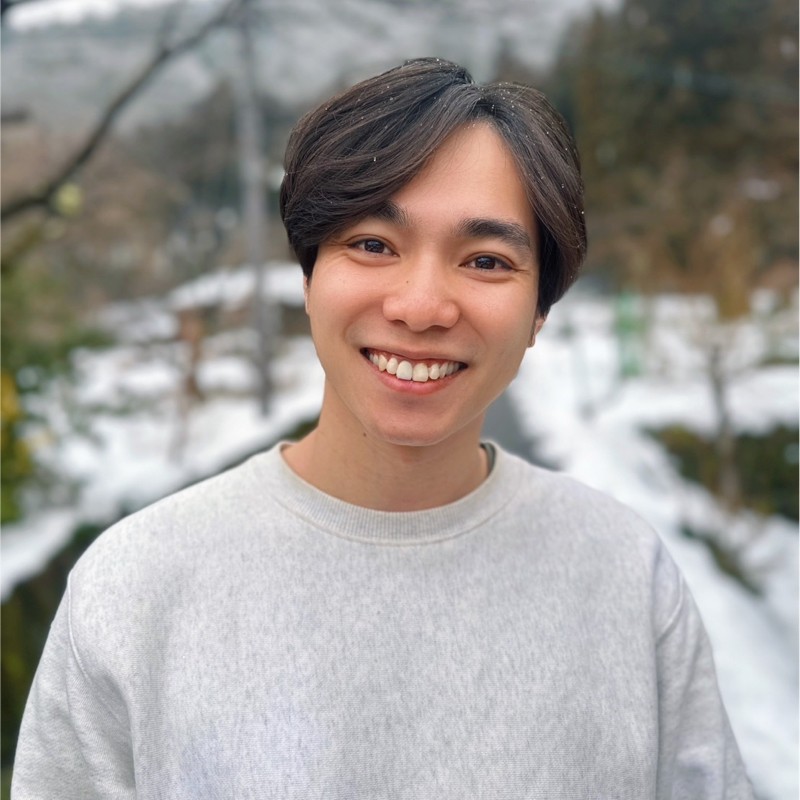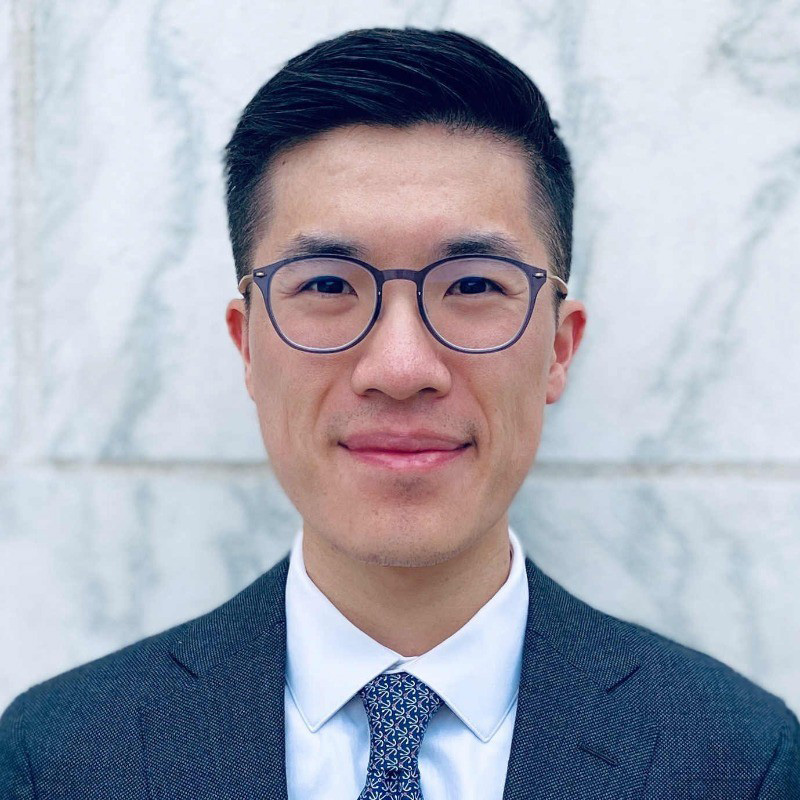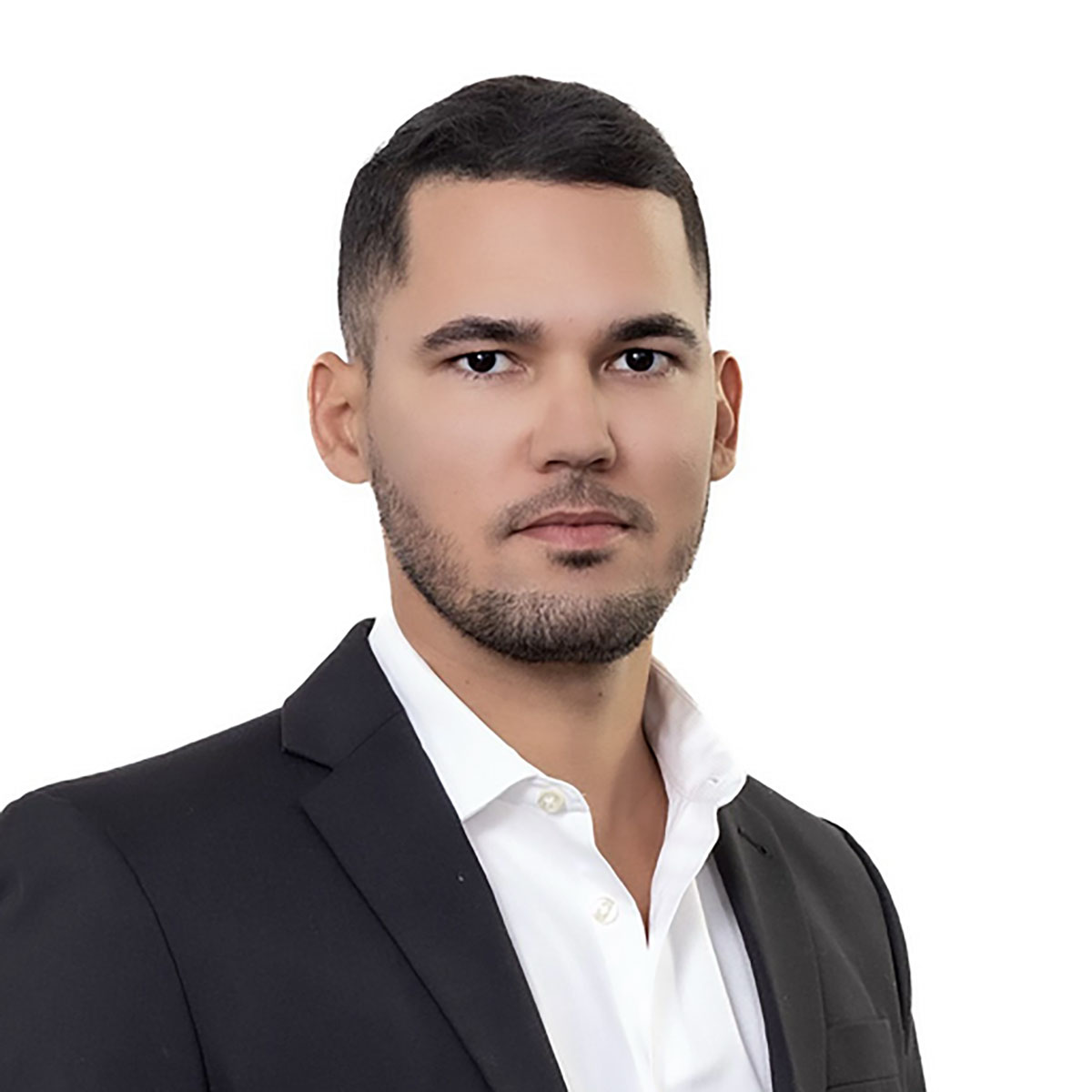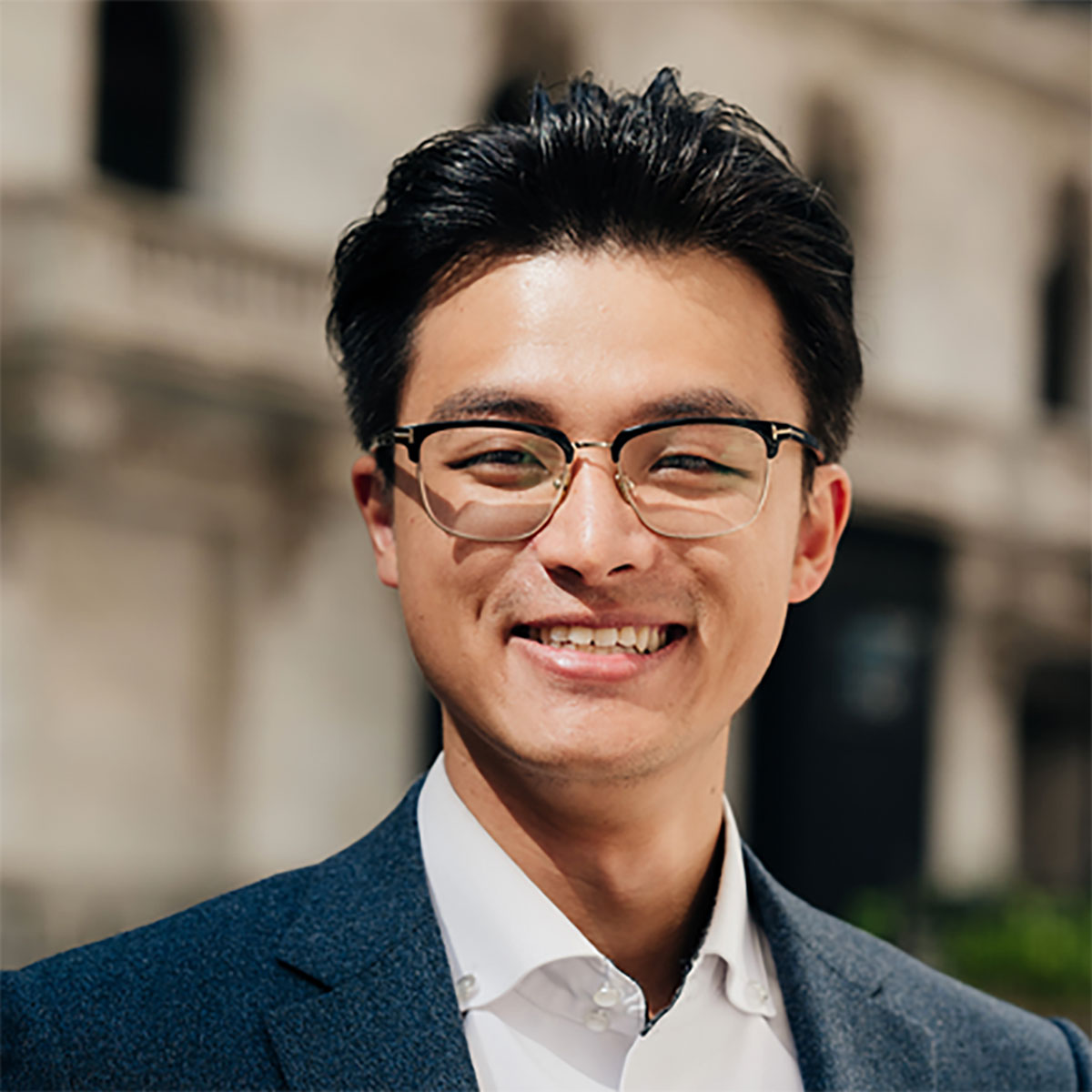Key takeaways
- Chronological age is a common metric, but it doesn’t fully capture the complexities of aging. Subjective age, or how old people perceive themselves to be, often differs from their actual age in years.
- Biological and functional markers of aging provide alternative ways to define old age. Cultural and societal definitions of aging vary globally, influenced by lifespans, traditions, and social structures.
- “Old” is not a one-size-fits-all term; personalized definitions can help us better understand and address the diverse needs of aging populations.
Overview
When does someone become “old”? Is it marked by a specific birthday, declining health, retirement, or something more personal? Defining old age is far more complex than simply counting years.
A blend of biological changes, cultural beliefs, societal roles, and individual perceptions shapes it. In modern societies, where life expectancy is steadily increasing, these definitions have become even more challenging to pin down.
For some, old age begins with retirement or a noticeable shift in physical ability, while others may never see themselves as “old” regardless of their age or health status.
This blog explores the evolving and deeply personal concept of aging. We’ll examine chronological, biological, and subjective definitions of old age while uncovering how history, cultural diversity, and public health trends continue to reshape what it means to grow old.
You’ll also gain insight into how different societies either revere or marginalize their aging populations, and why these cultural frameworks influence when and how people begin to identify with the term “old.”
What is old age?
Traditionally, many high-income countries have considered 65 years to be the onset of “old age,” partly due to pension eligibility. This age is often linked to the official retirement age in many countries, marking when individuals are commonly recognized as elderly in policy and social contexts. This standard, however, is arbitrary and often unsuitable for global application, particularly in regions like sub-Saharan Africa, where life expectancy and societal norms differ significantly. The United Nations and other international organizations commonly use 60 years or more to define older adults, but even this criterion has its limitations. Perceptions of when old age begins or age starts can vary widely, with some societies considering people elderly at different ages. In research studies, the mean age used to define older adults can vary depending on the study’s context and purpose.
Biological aging vs. chronological aging
Chronological age measures the years someone has lived, but it rarely reflects their functional or biological status. The transition from middle age to old age is marked by specific physical and mental changes that can signal the onset of aging changes. Biological aging encompasses the cumulative effects of cellular damage, declining physiological capacity, and the onset of age-related health conditions, including frailty and decreased grip strength. For instance:
- An 80-year-old who maintains cardiovascular fitness and cognitive function may “feel” as capable as someone decades younger.
- By contrast, a 50-year-old with chronic diseases and poor physical fitness may experience “old age” earlier.
These disparities suggest that biological factors, not just time, play a significant role in determining how different individuals experience aging. The way aging affects individuals can be influenced by genetics, lifestyle, and environmental factors, and some people are more affected by aging changes than others.
Subjective age and perception of aging
Another layer to defining “old” lies in subjective age, which refers to how old or young people perceive themselves to be. Research suggests that feeling younger than one’s actual age is associated with improved mental health, cognitive function, and longevity. In several studies, participants reported that feeling younger than their chronological age was associated with better health outcomes. However, subjective age can be heavily influenced by:
- Age discrimination: Constant exposure to negative stereotypes about aging can make individuals feel older than they chronologically are. This effect has been demonstrated in experiments where older adults exposed to negative age-related cues reported feeling older.
- Health status: Physical limitations, such as reduced pulmonary function or increased waist circumference, are correlated with an older subjective age.
For example, a recent survey of participants revealed that individuals in excellent health perceived “old age” as starting later (around 77 years) compared to those in poor health (around 70 years). Most people tend to view themselves as younger than their actual age, and perceptions of when old age begins can differ across different generations.
Breaking down key concepts of aging
A single number or event does not define aging; it’s a layered process shaped by biological changes, health status, social connections, and the environment around us. To truly understand what aging means, it’s essential to break down the key factors that influence how we grow older, both within our bodies and across the societies in which we live.
Biological markers of aging
Advances in physiology and genomics have provided measurable indicators of biological age, including:
- Grip strength and muscle mass: Lower measurements are associated with functional limitations and “older” biological age in both men and women.
- Telomere length: These markers of cellular aging have shown limited links to subjective age, suggesting they reflect underlying senescence rather than impactful physical symptoms.
- Frailty index: This composite assessment examines variables such as respiratory capacity, metabolic dysregulation, and waist circumference to quantify aging-related decline. These markers are particularly relevant for identifying the health status of the oldest old, who are typically over 80 or 85 years old.
Frailty is a key indicator of biological aging, and geriatric syndromes such as urinary incontinence are common among older adults, serving as essential indicators of biological aging.
Health and aging
Societies often experience contrasting outcomes as people live longer due to advances in healthcare:
- Healthy aging allows individuals to remain mentally and physically active well into older adulthood. Good health is a key factor in enabling older adults to maintain independence and quality of life.
- Unhealthy aging is characterized by multiple chronic conditions and reduced independence, which contribute to earlier perceptions of “old age”. Unhealthy aging increases the risk of disability, dependency, and early death.
Maintaining healthy habits, such as regular exercise, balanced diets, and mental stimulation, reduces dependency and promotes active aging. The physical and social environment can affect health outcomes in later life, and the process of dying is a natural part of aging, often accompanied by increased vulnerability and proximity to death.
Social and environmental factors
External factors also shape the aging experience, including:
- Social connections: Loneliness and isolation can increase the perceived burden of aging. Staying involved in community activities and maintaining social roles can help older adults age well.
- Environment: Accessible infrastructure (e.g., public transportation, healthcare facilities) enables older adults to remain engaged in their communities.
Global organizations, such as the WHO, stress the importance of such environments through initiatives like the Decade of Healthy Aging. It is vital to make the most of each day and focus on meaningful experiences throughout one’s life.
Theories of aging
Understanding why and how people age has long fascinated scientists, sociologists, and health professionals. Theories of aging aim to explain the complex biological, psychological, and social changes that occur as people age, offering insights into what shapes the experience of later life.
- Disengagement theory: One influential perspective is the disengagement theory, which suggests that as people age, they naturally withdraw from social roles and activities. This gradual disengagement is seen as a way for older adults to reflect on their lives and prepare for the final stages of the aging process.
- Active theory: Disengagement theory has been challenged by the activity theory, which argues that staying active and engaged, whether through work, volunteering, or social connections, leads to healthier and more satisfying later years. Research consistently shows that older adults who maintain meaningful activities and relationships tend to enjoy better mental health and overall well-being.
- The World Health Organization (WHO) defines healthy aging as “the process of developing and maintaining the functional ability that enables well-being in older age.” This definition emphasizes the importance of not only living longer but also living healthier lives. Studies have found that people who view aging as a positive and natural part of life are more likely to experience good mental health and a higher quality of life in later years.
- Socioeconomic status also plays a significant role in how people age. Those with lower socioeconomic status often face greater health challenges, reduced access to health care, and shorter life expectancy. Chronic diseases such as diabetes and heart disease are more prevalent among older adults, particularly in populations with fewer resources. These conditions can impact daily life and limit opportunities for active engagement.
Ultimately, the aging process is shaped by a combination of genetic factors, environmental influences, and lifestyle choices. Diet, physical activity, and strong social connections all contribute to how people age and their ability to adapt to age-related changes. By understanding these theories and factors, we can better support healthy aging and enhance the lives of older adults worldwide.
Population aging
Population aging is a defining trend of our time, characterized by an increasing proportion of older adults within the global population. According to recent projections, the number of people aged 60 and over is expected to reach 2.1 billion by 2050, reflecting a dramatic shift in the age structure of societies worldwide.
In high-income countries, this demographic change is primarily driven by increased life expectancy and declining fertility rates. As more people live into their 80s and 90s, the average age of the population rises, creating both opportunities and challenges for individuals and society as a whole. The United Nations has recognized population aging as a critical issue, launching initiatives to promote healthy aging and address the unique needs of older persons.
The implications of population aging are far-reaching. Pension systems and health care services must adapt to support a larger number of older adults, many of whom may require long-term care or assistance with daily activities. Ensuring that these systems remain sustainable and equitable is a pressing concern for policymakers in both developed and developing countries.
Research shows that older adults who remain physically and mentally active tend to enjoy better health and require fewer health care resources. The WHO emphasizes the importance of healthy aging, advocating for environments and policies that support access to health care, social engagement, and opportunities for physical and mental activity. As people age, they may face increased risks of chronic diseases, hearing loss, and cognitive decline, underscoring the need for targeted interventions and support services.
Population aging is not just a challenge; it is also an opportunity to rethink how societies value and support older people. By promoting healthy aging and addressing age-related issues, we can help ensure that people of all ages can live fulfilling, healthy lives in an aging society.
Bottom line
Aging is a complex and multifaceted process influenced by a combination of chronological, biological, and sociocultural factors. Defining “old age” largely depends on context, as it varies according to function, health, culture, and individual perception. Rethinking aging from a more holistic perspective enables us to move beyond numerical labels and focus instead on empowering all adults to age with dignity, health, and purpose.
Frequently asked questions (FAQs)
- Is there a universal age for old age?
No. Chronological thresholds (e.g., 65 years) are helpful for policy purposes but fail to capture the complexity of the aging process. Factors such as culture, health, and biological status vary widely and resist uniform classification. The transition into old age can also be seen as a distinct stage in the life course, marked by unique psychological and physical changes.
- Why do people feel older than their age?
Perceived age can change based on social experiences and health factors. Negative experiences with ageism, chronic stress, or declining physical ability create a sense of aging that is both emotional and physical.
- Are we living longer, healthier lives?
Medical advancements have extended life expectancy, but many additional years are spent managing chronic diseases, such as diabetes or arthritis. However, with public health policies centered on prevention and active living, healthy life years can be improved.
References
- Daignault, Marie-Christine, et al. “How Old Is Old? Identifying a Chronological Age and Factors Related with the Perception of Old Age.” Journal of the American Geriatrics Society, vol. 69, no. 12, 2021, pp. 3519-3527.
- Jazwinski, S. Michal, and Sangkyu Kim. “Examination of the Dimensions of Biological Age.” Frontiers in Genetics, vol. 10, 2019, article 263.
- Kowal, Paul, and John E. Dowd. “Definition of an Older Person. Proposed Working Definition of an Older Person in Africa for the MDS Project.” World Health Organization, 2001.
- NBC News. “When Does ‘Old Age’ Begin? Study Shows Perception Has Shifted Over Time.” NBC News, 23 Apr. 2024.
- Stephan, Yannick, et al. “How Old Do You Feel? The Role of Age Discrimination and Biological Aging in Subjective Age.” Psychology and Aging, vol. 30, no. 2, 2015, pp. 279-285.
- World Health Organization. “Ageing and Health.” WHO, 1 Oct. 2024.









